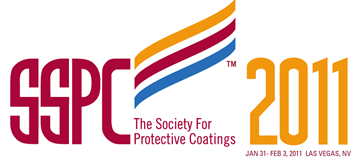Search
Products tagged with 'coating performance'
View as
Sort by
Display
per page
Corrosion Control Without the Use of Toxic Heavy Metals
Product Number:
41213-793-SG
Publication Date:
2013
$20.00
Corrosion Resistance Comparison of Direct-to-Metal, Weaterable Protective Coatings
Product Number:
51220-281-SG
Publication Date:
2020
$20.00
Designing Ships Water Ballast Tanks to Improve the Performance of Coatings
Product Number:
41211-619-SG
Publication Date:
2011
$20.00
Early Test Results of One-Coat Systems Applicable to Steel Bridge Structures
Product Number:
41208-427-SG
Publication Date:
2008
$20.00
Effect of Surface Preparation Grades of Weld Seam on the Coating Performance in Marine Structures
Product Number:
51218-150-SG
Publication Date:
2018
$20.00
Effect of Additional Water-Jet Cleaning on the Surface Cleanliness and Coating Performance
Product Number:
51219-202-SG
Publication Date:
2019
$20.00
Effect of Feathering on Coating Performance
Product Number:
51219-181-SG
Publication Date:
2019
$20.00
Effect of Surface Preparation of Coating Performance
Product Number:
41216-953-SG
Publication Date:
2016
$20.00
Elastomeric Coatings: A Qualitative Failure Analysis
Product Number:
51219-171-SG
Publication Date:
2018
$20.00
Elastrometric Acrylic Coatings for Use on Commercial Structures
Product Number:
41213-777-SG
Publication Date:
2013
$20.00
Enhancing the UV Durability of Epoxy Coatings: Waterborne Acrylic-Epoxy Hybrid Coatings for Steel
Product Number:
51218-139-SG
Publication Date:
2018
$20.00
Epoxy Tank Linings Cure Response During Cold Winter Months; Ready for Immersion Service?
Product Number:
51218-126-SG
Publication Date:
2018
$20.00












